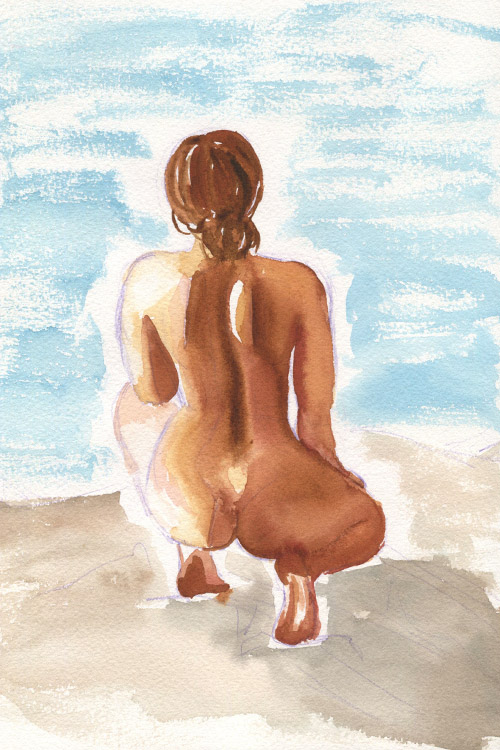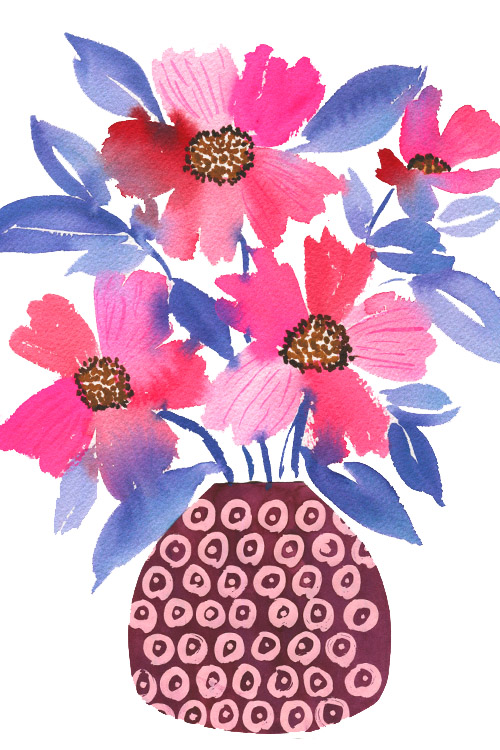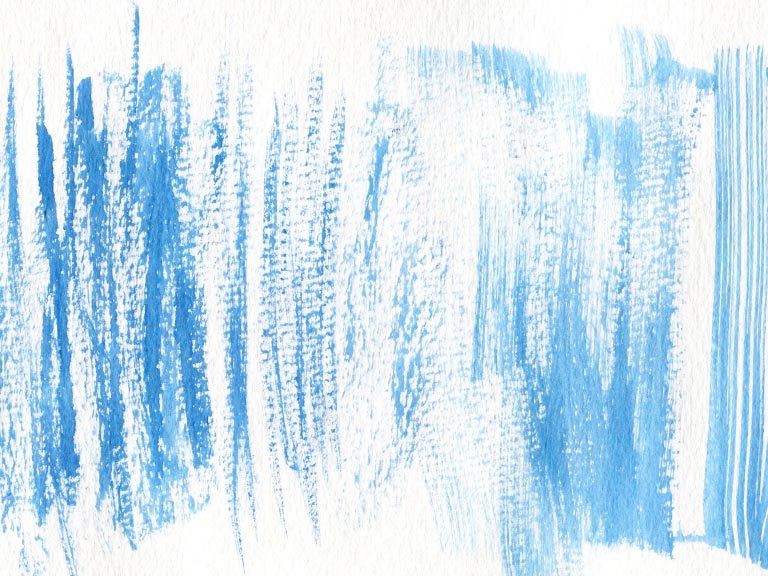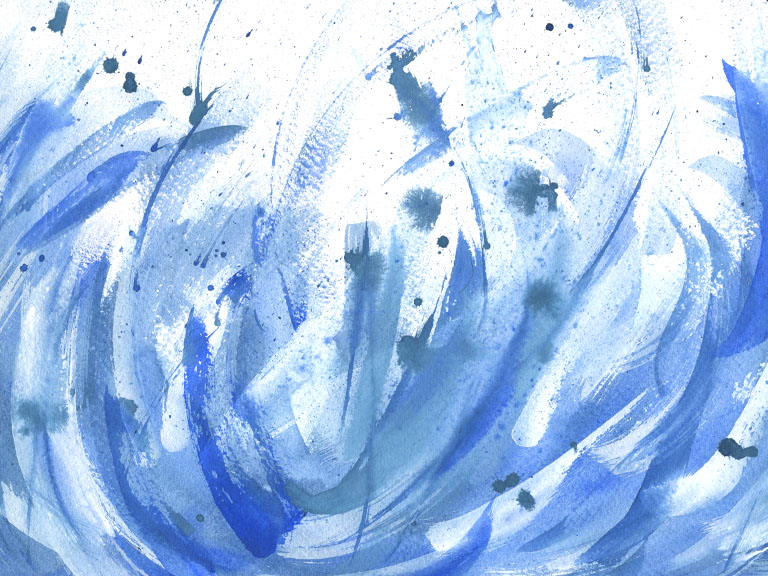The dry brush technique in watercolour painting offers a unique way to add texture and detail to your art. By using a relatively dry brush and catching the textured surface of the watercolour paper, you can create effects that add something a little special.
This guide will show you the best way to use the dry brush technique in watercolour for fun, interesting paintings.
What is the dry brush technique?
The dry brush technique involves using a brush with minimal water and paint and dragging it along the textured surface of watercolour paper, resulting in broken or scratchy strokes that add depth and interest to the artwork. This technique is particularly effective in watercolour painting as it mimics the texture and intricacies found in the natural world.
What can you use dry brushing for in watercolour?
The dry brush technique is ideal for creating texture. It could be textures in landscapes such as sand, grassy meadows or mountain rock. It adds great detail to skies and creates beautiful backgrounds for any painting.
Dry brushing is also ideal for such as plant details like foliage, tree bark and putting texture into fruit and vegetables. It’s also perfect for animal fur and creating textured effects for clothing and hair effects in portraits.

What brushes are best for dry brush painting?
The choice of brushes plays a big role in achieving the dry brush effect. Here are some brushes you can try:
Large mop brushes
Bigger brushes are great for this, especially if you start with them dry or only slightly damp. They have a lot of bristles and can easily pick up the paper texture. Smaller brushes may run out of colour faster, creating smaller strokes.
Stiff bristle brushes
Brushes with stiff bristles, such as hake brushes or ones that are meant for acrylics and oil, are ideal for the dry brush technique. The tough bristles don’t bend into the paper texture, meaning they can easily pick out the top of the texture.
Flat brushes
Flat watercolour brushes are great creating dry brush effects. The flat edge shape allows for broad strokes and broken marks, great for adding textures to skies, landscapes and backgrounds.
Fan brushes
Fan brushes have multiple bristles spread out in a fan shape. They are ideal for creating organic textures and delicate details in foliage, grass or hair.
Read my guide to watercolour brush types here.

How to create the dry brush effect in watercolour
Here’s how to confidently create a dry brush effect in watercolour painting:
Keep your brush dry to damp
Start with a dry brush or, if you’ve been painting already, squeeze out excess moisture using a towel or tissue. The brush should be damp at most or it won’t drag properly.
Read more: How much water to use in watercolour painting
Add a small amount of paint
Dip the damp brush into the watercolour paint, trying to only pick up a small amount of colour. I recommend a slightly darker, drier paint mixture to create a contrast with the white textured paper.
Angle to the side
Hold your brush sideways to the paper and paint with the wider ‘belly’ of the brush, rather than the tip. This will drag the bristles sideways across the paper texture without allowing the tips into the crevices.

Use limited pressure
Keep a light pressure as you pull and drag to create scratchy lines. Higher pressure can create darker contrast and broader, broken strokes.
Test on scrap paper
Before applying the dry brush technique to your painting, practice on a separate piece of paper to make sure you’re getting the right effects. Test with more or less water to see what changes.
Layer to build texture
To enhance the dry brush effect, try layering and building up textures gradually. Apply multiple dry brush strokes in different directions, allowing the underlying layers to show through. This creates a sense of depth and contrast in the painting.
Try rough watercolour paper
The rough-textured watercolour paper has so much ‘tooth’ and high peaks that is ideal for dry brush techniques. This paper can create the texture even with a higher level of water so it’s a great one to test.
The dry brush technique in watercolour painting is perfect for adding texture to your finished work. Now you can play around with adding details to your work!
More creative watercolour techniques
Download my free watercolour supply guide
Feeling overwhelmed and confused by watercolour paints, papers and brushes? Download my free guide filled with insider info, including a list of good supplies for every budget, and my complete supply list!
